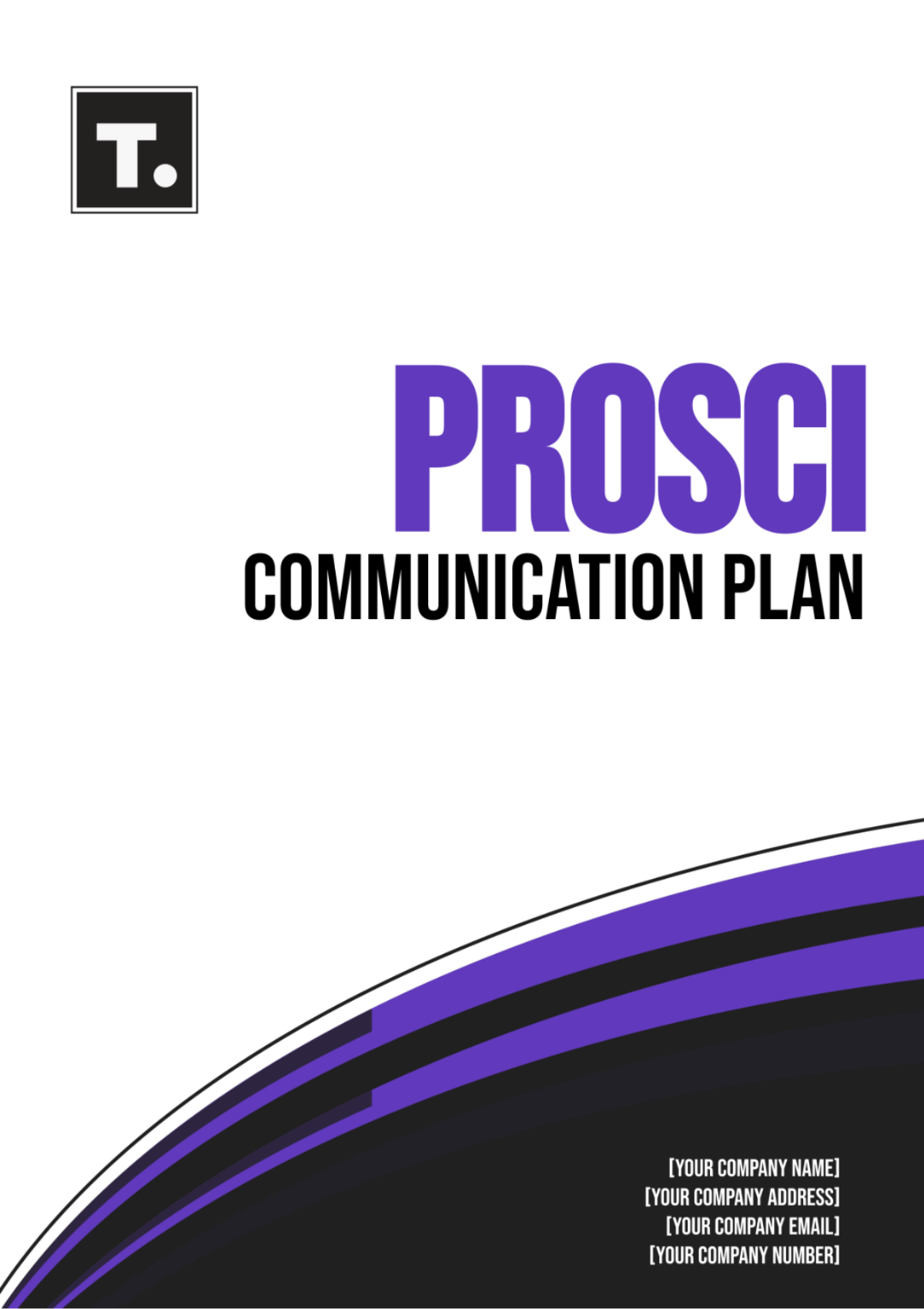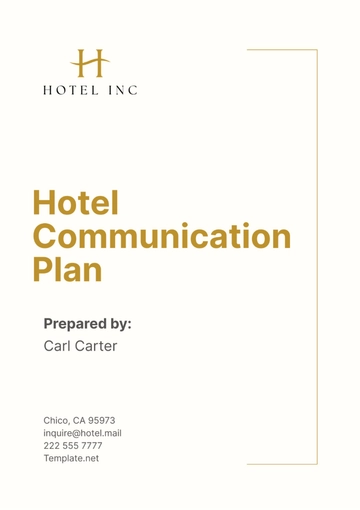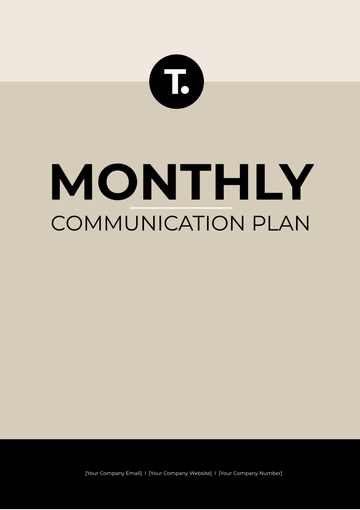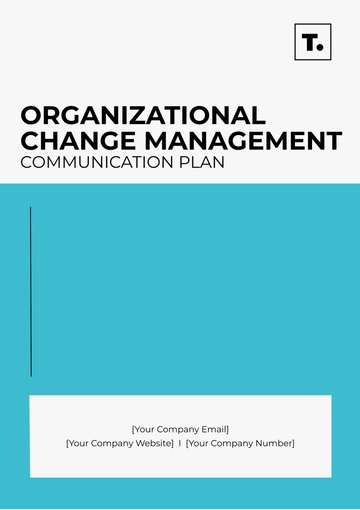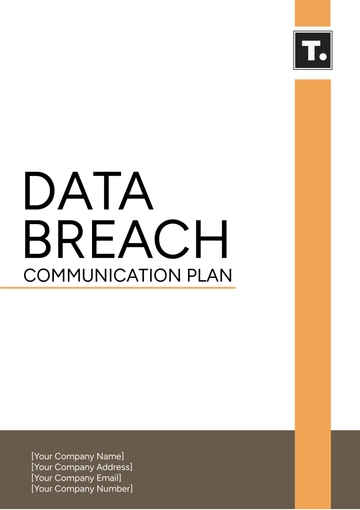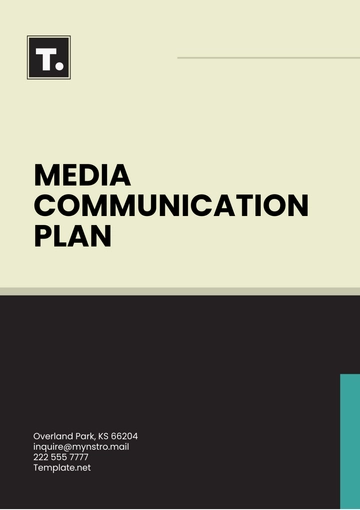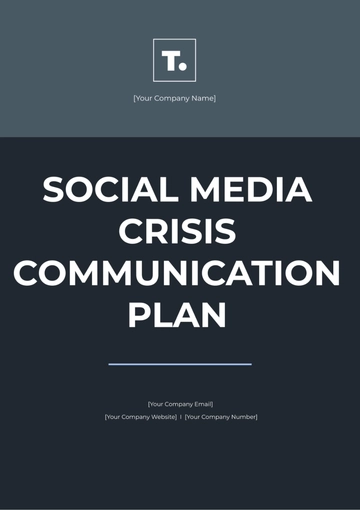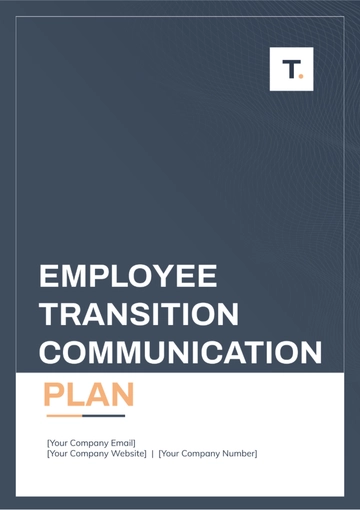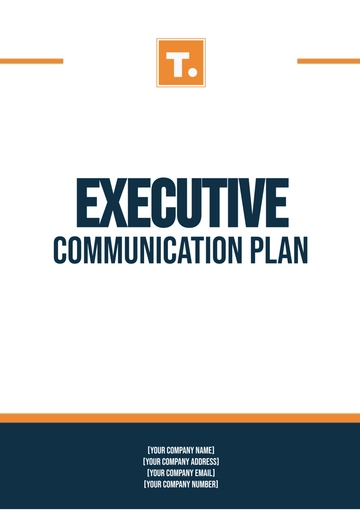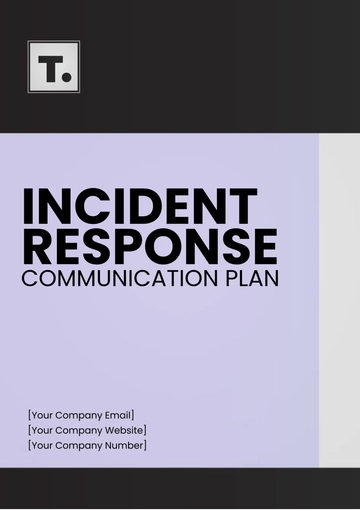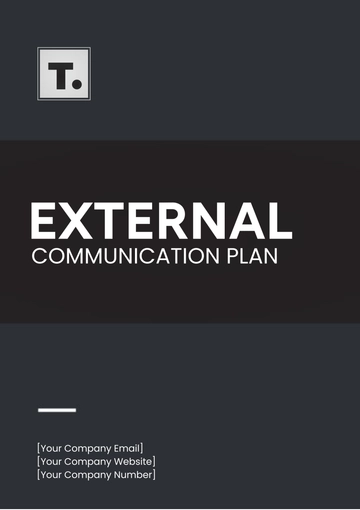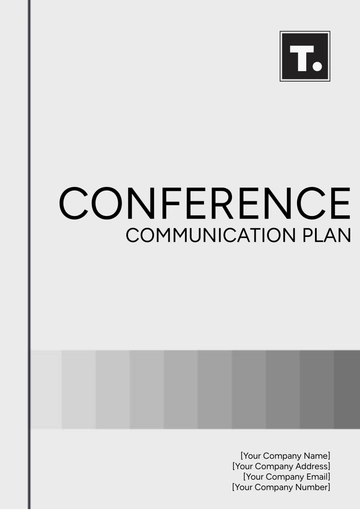PROSCI COMMUNICATION PLAN
Written by: [Your Name]
I. Introduction
The Prosci Communication Plan serves as a strategic roadmap for effectively managing communication during [Your Company Name]'s change initiative. This plan outlines key communication objectives, target audiences, messaging strategies, and channels to ensure successful change adoption. Effective communication is essential for aligning stakeholders, building support, and minimizing resistance throughout the change journey.
II. Objectives
III. Audience Analysis
Managers and Supervisors: Influential leaders responsible for cascading information to their teams. Managers play a pivotal role in communicating the change, answering questions, and providing guidance and support to their direct reports.
IV. Key Messages
Benefits and Impacts: Highlight how the change will improve efficiency, productivity, and customer satisfaction. Emphasizing the positive outcomes of the change helps employees see the value in embracing new ways of working.
Support and Resources: Provide information on available resources and support mechanisms to facilitate a smooth transition. Offering support services, training opportunities, and channels for feedback demonstrates our commitment to helping employees navigate the change effectively.
V. Communication Channels
Intranet Portal: A centralized platform for accessing relevant documents, FAQs, and discussion forums related to the change. The intranet serves as a hub for information dissemination, providing employees with easy access to resources and opportunities for collaboration.
VI. Timing and Frequency
VII. Responsibilities
Departmental Representatives: Liaise with their respective teams to facilitate communication and address team-specific concerns. Departmental representatives serve as communication ambassadors, conveying information, gathering feedback, and championing the change within their areas of responsibility.
VIII. Monitoring and Feedback
Surveys and Feedback Sessions: Solicit input from employees to gauge the effectiveness of communication efforts and identify areas for improvement. Surveys and feedback sessions provide valuable insights into employee perceptions, allowing us to adjust communication strategies and address gaps or concerns.
Metrics Tracking: Monitor key performance indicators related to change adoption and employee engagement. Tracking metrics such as employee morale, productivity, and adherence to new processes helps us assess the impact of communication efforts and make data-driven decisions.
Continuous Improvement: Use feedback to refine communication strategies and adapt to evolving needs throughout the change journey. Continuous improvement is essential for ensuring that communication remains relevant, engaging, and impactful as the change initiative progresses.
IX. Contingency Planning
Adaptability: Remain flexible and responsive to unforeseen circumstances, adjusting communication tactics as needed to maintain momentum and support for the change. In a dynamic business environment, adaptability is key to overcoming obstacles and keeping communication efforts on track.
Plan Templates @ Template.net
